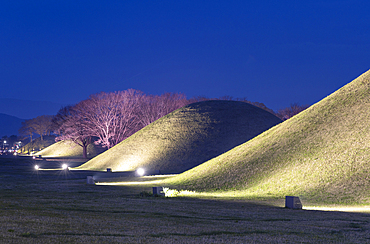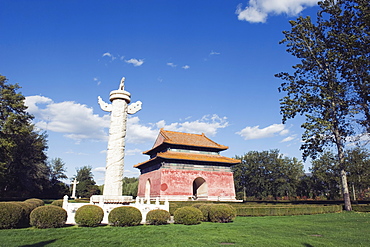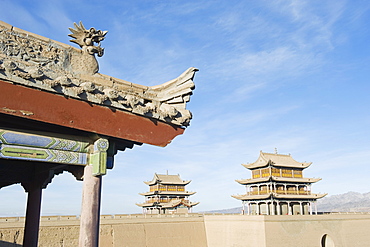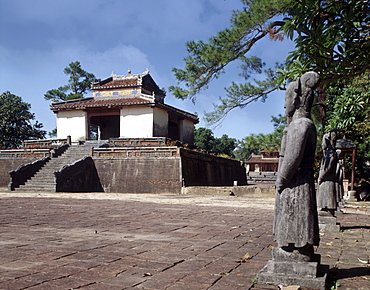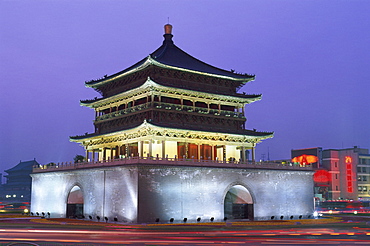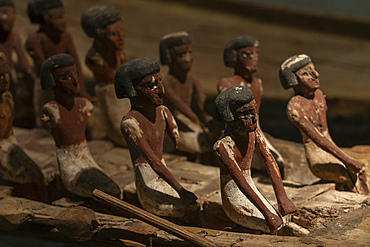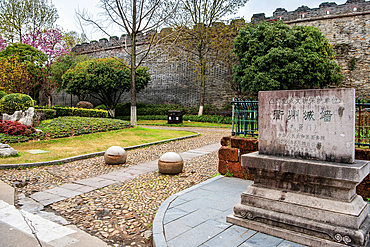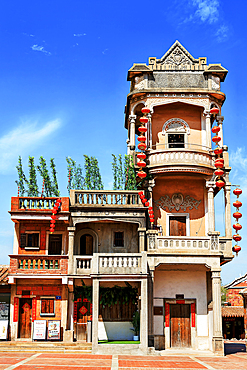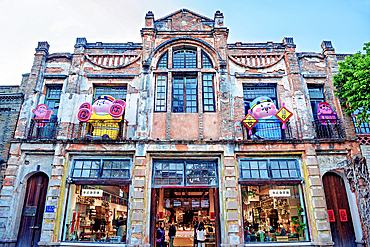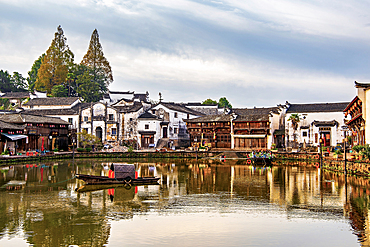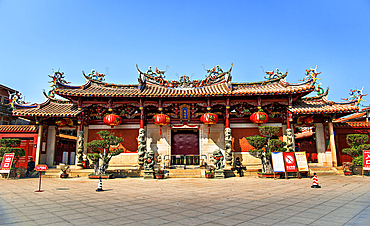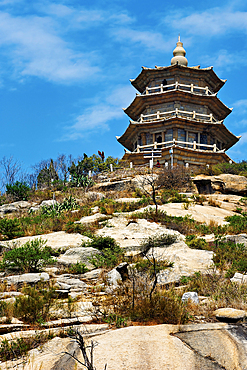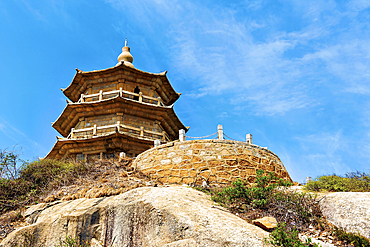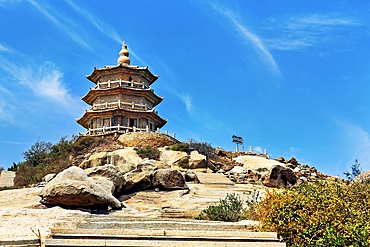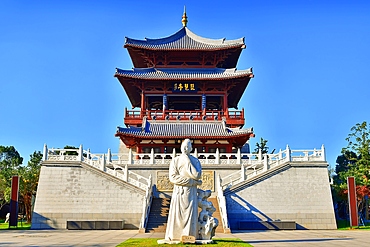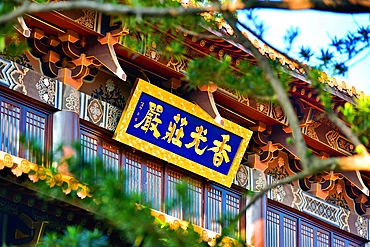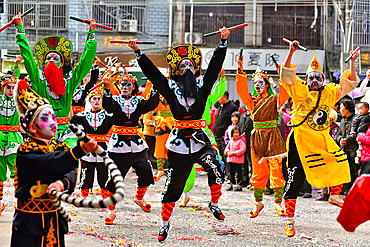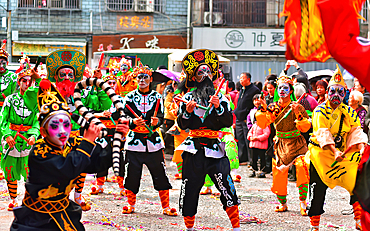Results
1 2 3 4 Next »
358 results found
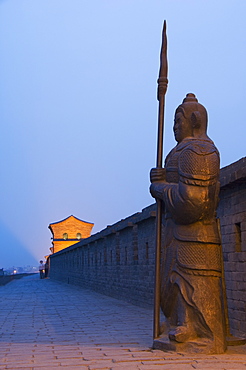
Ornamental guard on the last remaining intact Ming Dynasty city wall in China, Pingyao (Ping Yao), UNESCO World Heritage Site, Shanxi Province, China, Asia
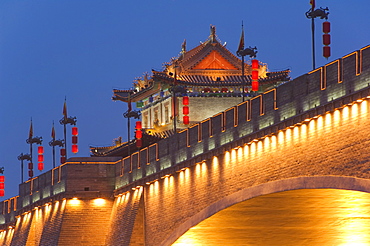
City walls and fortified watch tower built during the first reign of Hongwu, the first emperor of the Ming dynasty, Xian City Shaanxi Province, China, Asia
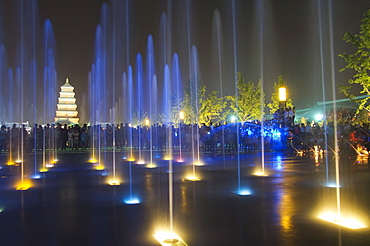
Night time water show at the Big Goose Pagoda Park, Tang dynasty built in 652 by Emperor Gaozong, Xian City, Shaanxi Province, China, Asia
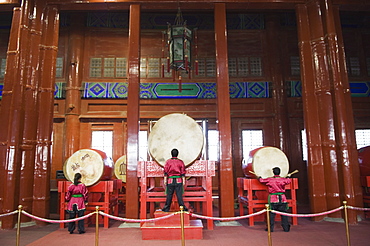
Drummers inside The Drum Tower, a later Ming dynasty version originally built in 1273 marking the centre of the old Mongol capital, Beijing, China, Asia
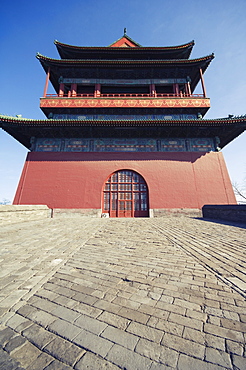
The Drum Tower, a later Ming dynasty version originally built in 1273 marking the centre of the old Mongol capital, Beijing, China, Asia

Great Wall of China, UNESCO World Heritage Site, dating from the Ming Dynasty, Jinshanling, Luanping County, Hebei Province, China, Asia
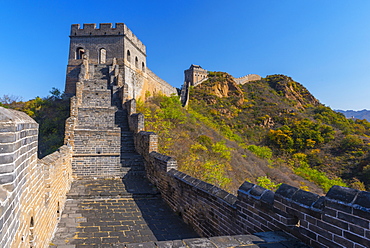
Great Wall of China, UNESCO World Heritage Site, dating from the Ming Dynasty, Jinshanling, Luanping County, Hebei Province, China, Asia

Great Wall of China, UNESCO World Heritage Site, dating from the Ming Dynasty, Jinshanling, Luanping County, Hebei Province, China, Asia

Great Wall of China, UNESCO World Heritage Site, dating from the Ming Dynasty, section looking towards Simatai, Jinshanling, Luanping County, Hebei Province, China, Asia

Great Wall of China, UNESCO World Heritage Site, dating from the Ming Dynasty, section looking towards Simatai, Jinshanling, Luanping County, Hebei Province, China, Asia

Great Wall of China, UNESCO World Heritage Site, dating from the Ming Dynasty, Jinshanling, Luanping County, Hebei Province, China, Asia
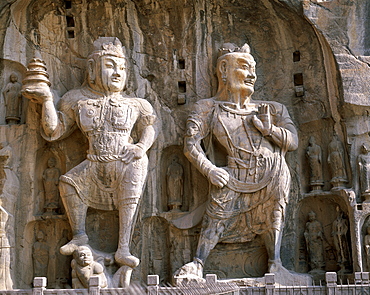
Bodhisattva and Guardian statues, Ancestor Worshipping Temple, Longmen Buddhist Caves dating from the Tang Dynasty, UNESCO World Heritage Site, Luoyang, Henan Province, China, Asia
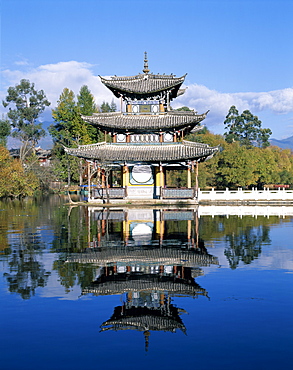
Deyue Pavilion, Ming Dynasty pagoda, Black Dragon Pool Park, Lijiang, UNESCO World Heritage Site, Yunnan Province, China, Asia
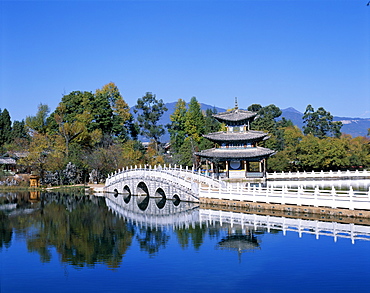
Black Dragon Pool Park, Deyue Pavilion, pagoda dating from the Ming Dynasty, Lijiang, UNESCO World Heritage Site, Yunnan Province, China, Asia

Corn, chillies and laundry drying, Huangling, ancient village dating back to the Ming Dynasty, Wuyuan County, Shangrao City, Jiangxi Province, China
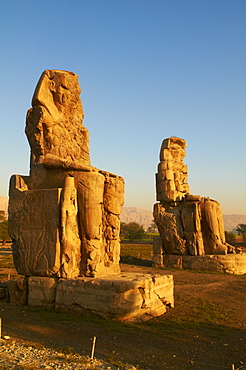
Colossi of Memnon, carved to represent the 18th dynasty pharaoh Amenhotep III, West Bank of the River Nile, Thebes, UNESCO World Heritage Site, Egypt, North Africa, Africa
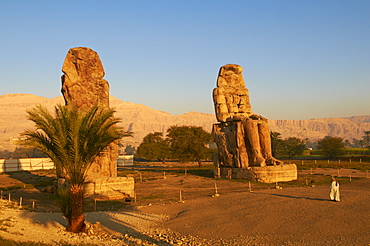
Colossi of Memnon, carved to represent the 18th dynasty pharaoh Amenhotep III, West Bank of the River Nile, Thebes, UNESCO World Heritage Site, Egypt, North Africa, Africa
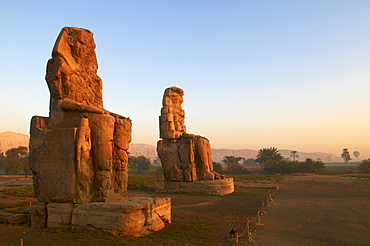
Colossi of Memnon, carved to represent the 18th dynasty pharaoh Amenhotep III, West Bank of the River Nile, Thebes, UNESCO World Heritage Site, Egypt, North Africa, Africa
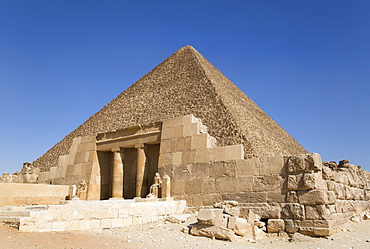
Mastaba of Seshemnufer IV dating from the late Fifth Dynasty, and Great Pyramid of Cheops, The Giza Pyramids, UNESCO World Heritage Site, Giza, Egypt, North Africa, Africa
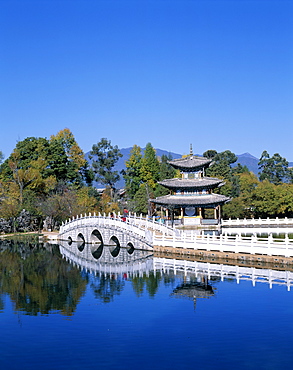
Black Dragon Pool Park, Deyue Pavilion, pagoda dating from the Ming Dynasty, Lijiang, UNESCO World Heritage Site, Yunnan Province, China, Asia
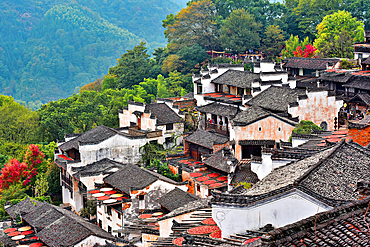
Huangling, ancient village dating back to the Ming Dynasty, Wuyuan County, Shangrao City, Jiangxi Province, China

Ancestor Worshipping Temple dating from the Tang Dynasty, Longmen Buddhist Caves, UNESCO World Heritage Site, Luoyang, Henan Province, China, Asia
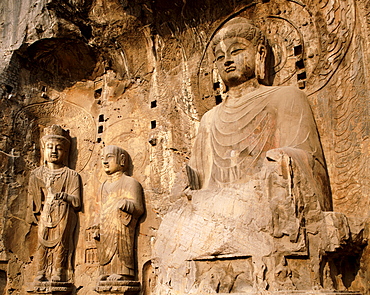
Ancestor Worshipping Temple dating from the Tang Dynasty, Longmen Buddhist Caves, UNESCO World Heritage Site, Luoyang, Henan Province, China, Asia
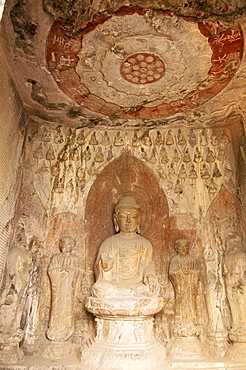
Buddha statue, Binyang Caves, Longmen Buddhist Caves dating from the Tang Dynasty, UNESCO World Heritage Site, Luoyang, Henan Province, China, Asia
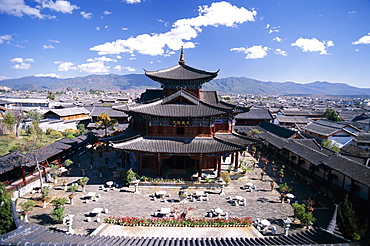
Mu Family Mansion, Ming Dynasty, Old Town, UNESCO World Heritage Site, Lijiang, Yunnan Province, China, Asia
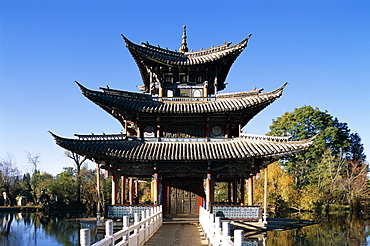
Deyue Pavilion, Ming Dynasty pagoda, Black Dragon Pool Park, Lijiang, UNESCO World Heritage Site, Yunnan Province, China, Asia
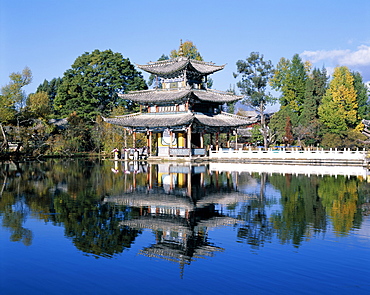
Deyue Pavilion, Ming Dynasty pagoda, Black Dragon Pool Park, Lijiang, UNESCO World Heritage Site, Yunnan Province, China, Asia

Mu Family Mansion and ancient rooftops of Old Town dating from the Ming Dynasty, UNESCO World Heritage Site, Lijiang, Yunnan Province, China, Asia
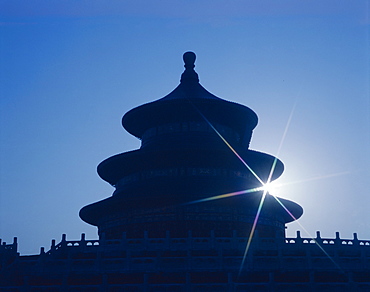
Temple of Heaven dating from the Ming Dynasty, at dawn, UNESCO World Heritage Site, Beijing, China, Asia
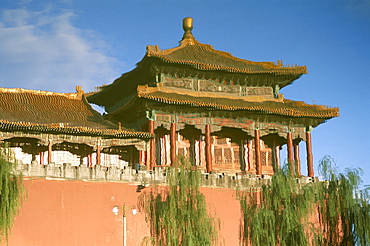
Palace Museum, Forbidden City, Ming and Qing Dynasty, UNESCO World Heritage Site, Beijing, China, Asia
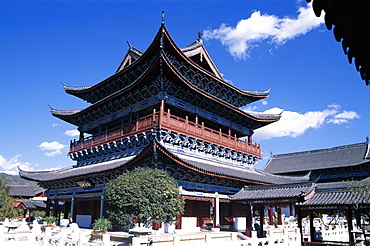
Mu Family Mansion, Wan Juan Pavilion, Ming Dynasty, Old Town, UNESCO World Heritage Site, Lijiang, Yunnan Province, China, Asia
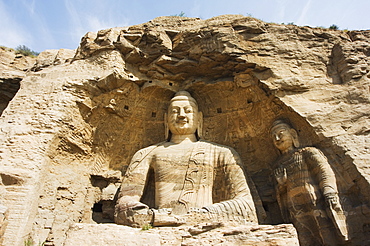
Buddhist statues of Yungang Caves cut during the Northern Wei Dynasty in 460 AD, UNESCO World Heritage Site near Datong, Shanxi province, China, Asia
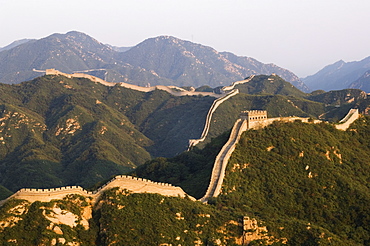
Great Wall of China at Badaling, first built during the Ming dynasty between 1368 and 1644, restored in the 1980s, UNESCO World Heritage Site, near Beijing, Hebei Province, China, Asia
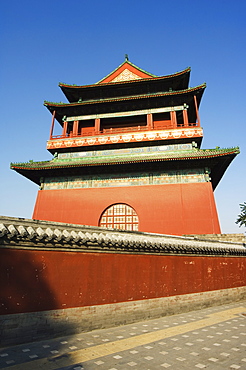
The Drum Tower, a later Ming dynasty version originally built in 1273 marking the centre of the old Mongol capital, Beijing, China, Asia
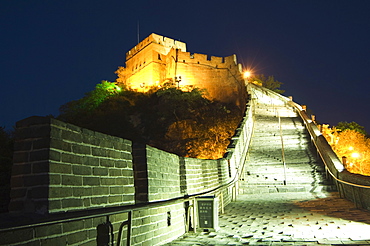
Illuminations on the Great Wall of China at Badaling, first built during the Ming dynasty between 1368 and 1644, restored in the 1980s, UNESCO World Heritage Site, near Beijing, Hebei Province, China, Asia
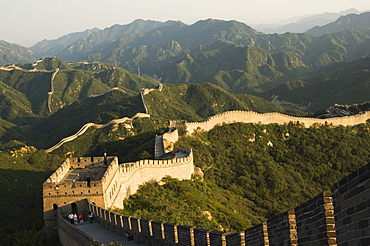
Great Wall of China at Badaling, first built during the Ming dynasty between 1368 and 1644, restored in the 1980s, UNESCO World Heritage Site, near Beijing, Hebei Province, China, Asia
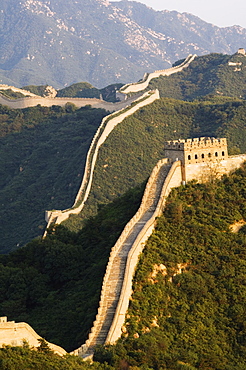
Great Wall of China at Badaling, first built during the Ming dynasty between 1368 and 1644, restored in the 1980s, UNESCO World Heritage Site, near Beijing, Hebei Province, China, Asia
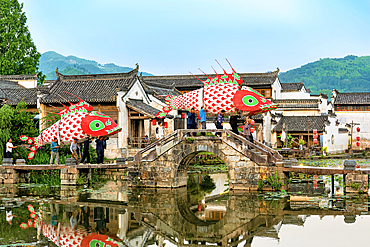
Village parade of giant fish lanterns, Chengkan Ancient Village, Huangshan City, Anhui, China. The village was established 1800 years ago by the Luo family clan. It has buildings dating as early as the Song Dynasty (960 to 1279 AD).
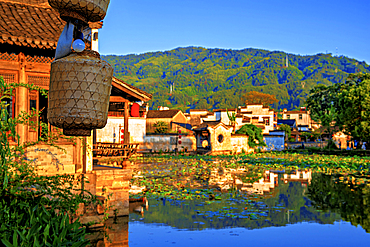
Chengkan Ancient Village, Huangshan City, Anhui, China. The village was established 1800 years ago by the Luo family clan. It has buildings dating as early as the Song Dynasty (960 to 1279 AD).
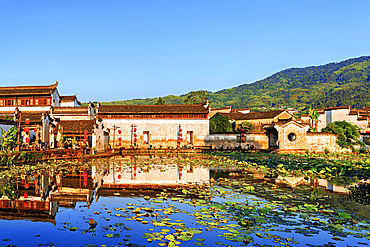
Chengkan Ancient Village, Huangshan City, Anhui, China. The village was established 1800 years ago by the Luo family clan. It has buildings dating as early as the Song Dynasty (960 to 1279 AD).
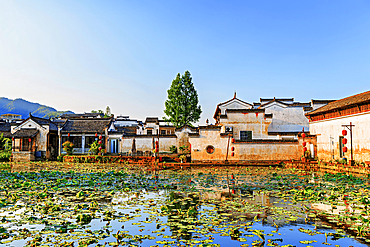
Chengkan Ancient Village, Huangshan City, Anhui, China. The village was established 1800 years ago by the Luo family clan. It has buildings dating as early as the Song Dynasty (960 to 1279 AD).
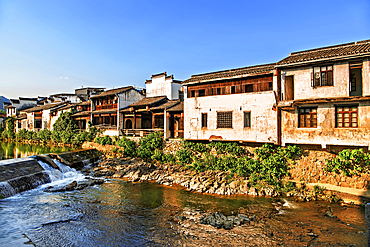
Chengkan Ancient Village, Huangshan City, Anhui, China. The village was established 1800 years ago by the Luo family clan. It has buildings dating as early as the Song Dynasty (960 to 1279 AD).
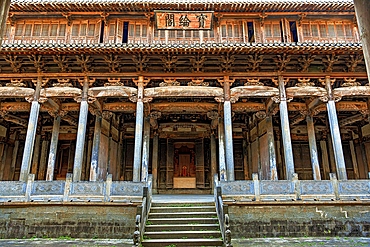
Luodongshu Ancestral Hall (built 1498), Chengkan Ancient Village. Huangshan City, Anhui, China. The village was established 1800 years ago by the Luo family clan. It has buildings dating as early as the Song Dynasty (960 to 1279 AD).
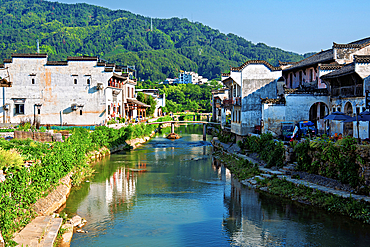
River running through Chengkan Ancient Village, Huangshan City, Anhui, China. The village was established 1800 years ago by the Luo family clan. It has buildings dating as early as the Song Dynasty (960 to 1279 AD).
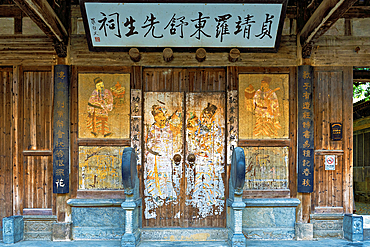
Luodongshu Ancestral Hall (built 1498), Chengkan Ancient Village. Huangshan City, Anhui, China. The village was established 1800 years ago by the Luo family clan. It has buildings dating as early as the Song Dynasty (960 to 1279 AD).
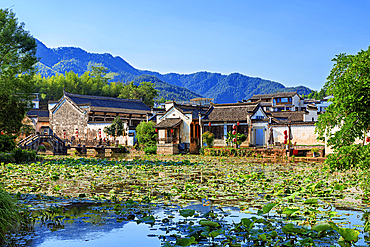
Chengkan Ancient Village, Huangshan City, Anhui, China. The village was established 1800 years ago by the Luo family clan. It has buildings dating as early as the Song Dynasty (960 to 1279 AD).
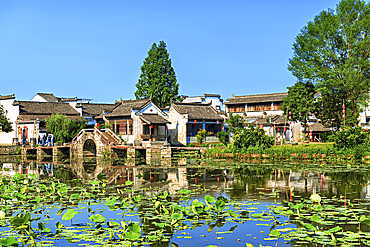
Chengkan Ancient Village, Huangshan City, Anhui, China. The village was established 1800 years ago by the Luo family clan. It has buildings dating as early as the Song Dynasty (960 to 1279 AD).
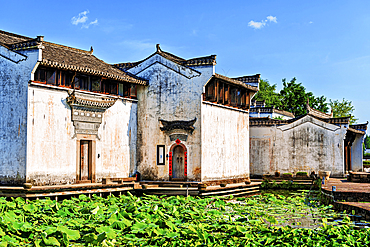
Chengkan Ancient Village, Huangshan City, Anhui, China. The village was established 1800 years ago by the Luo family clan. It has buildings dating as early as the Song Dynasty (960 to 1279 AD).
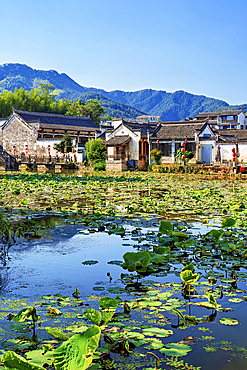
Chengkan Ancient Village, Huangshan City, Anhui, China. The village was established 1800 years ago by the Luo family clan. It has buildings dating as early as the Song Dynasty (960 to 1279 AD).
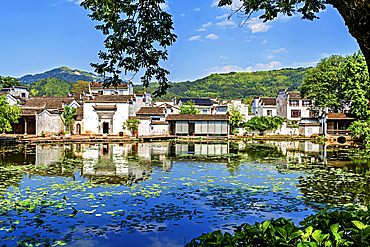
Chengkan Ancient Village, Huangshan City, Anhui, China. The village was established 1800 years ago by the Luo family clan. It has buildings dating as early as the Song Dynasty (960 to 1279 AD).
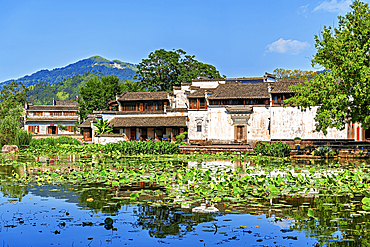
Chengkan Ancient Village, Huangshan City, Anhui, China. The village was established 1800 years ago by the Luo family clan. It has buildings dating as early as the Song Dynasty (960 to 1279 AD).
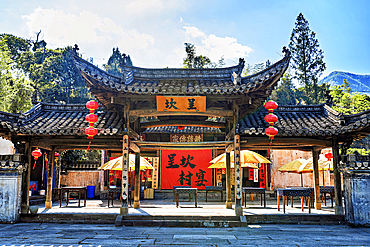
Chengkan Ancient Village, Huangshan City, Anhui, China. The village was established 1800 years ago by the Luo family clan. It has buildings dating as early as the Song Dynasty (960 to 1279 AD).
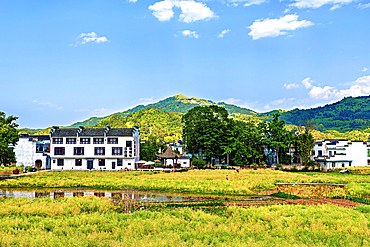
View of new buildings and farms beside Chengkan Ancient Village, Huangshan City, Anhui, China. Chengkan Ancient Village was established 1800 years ago by the Luo family clan. It has buildings dating as early as the Song Dynasty (960 to 1279 AD).
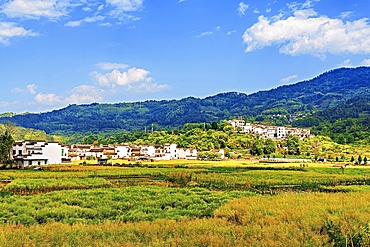
View of new buildings and farms beside Chengkan Ancient Village, Huangshan City, Anhui, China. Chengkan Ancient Village was established 1800 years ago by the Luo family clan. It has buildings dating as early as the Song Dynasty (960 to 1279 AD).
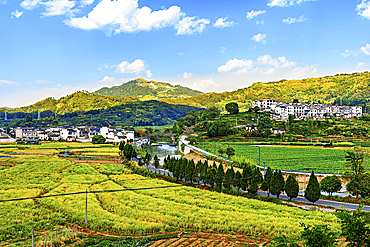
View of new buildings and farms beside Chengkan Ancient Village, Huangshan City, Anhui, China. Chengkan Ancient Village was established 1800 years ago by the Luo family clan. It has buildings dating as early as the Song Dynasty (960 to 1279 AD).
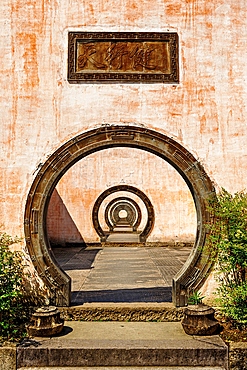
A series of outdoor circular doorways, Chengkan Ancient Village. The village was established 1800 years ago by the Luo family clan. It has buildings dating as early as the Song Dynasty (960 to 1279 AD). Huangshan City, Anhui, China.
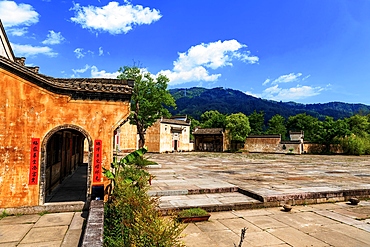
Chengkan Ancient Village, Huangshan City, Anhui, China. The village was established 1800 years ago by the Luo family clan. It has buildings dating as early as the Song Dynasty (960 to 1279 AD).
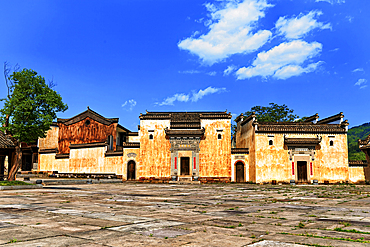
Chengkan Ancient Village, Huangshan City, Anhui, China. The village was established 1800 years ago by the Luo family clan. It has buildings dating as early as the Song Dynasty (960 to 1279 AD).
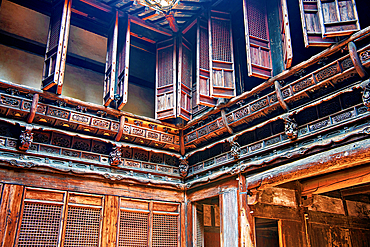
A traditional house with fine woodworks at Qiankou Residences, Huangshan, Anhui Province, China. The compound comprise Hui style residences built during the Ming and Qing dynasties (1400s-1600s) by wealthy merchants.
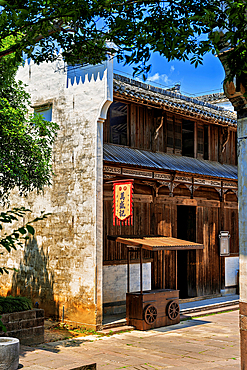
Qiankou Residences, Huangshan, Anhui Province, China. The compound comprise Hui style residences built during the Ming and Qing dynasties (1400s-1600s) by wealthy merchants.
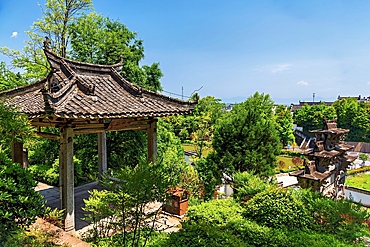
Qiankou Residences, Huangshan, Anhui Province, China. The compound comprise Hui style residences built during the Ming and Qing dynasties (1400s-1600s) by wealthy merchants.

Qiankou Residences, Huangshan, Anhui Province, China. The compound comprise Hui style residences built during the Ming and Qing dynasties (1400s-1600s) by wealthy merchants.
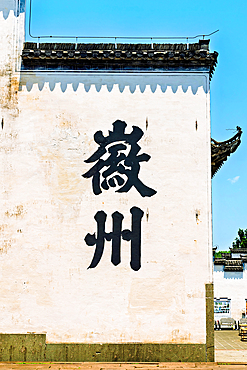
Qiankou Residences, Huangshan, Anhui Province, China. The compound comprise Hui style residences built during the Ming and Qing dynasties (1400s-1600s) by wealthy merchants.
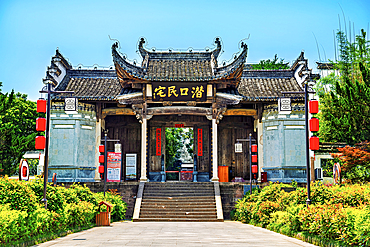
Qiankou Residences, Huangshan, Anhui Province, China. The compound comprise Hui style residences built during the Ming and Qing dynasties (1400s-1600s) by wealthy merchants.
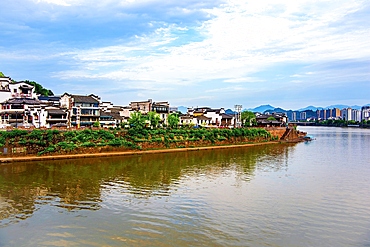
XinAn River at TunXi Ancient Street. Huangshan City, Anhui Province, China. The street existed since the Southern Song Dynasty 900 years ago.
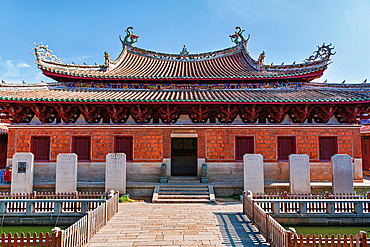
The rear of the main hall of Tianhou Temple. Quanzhou: Emporium of the World (UNESCO World Heritage), Fujian, China. The temple's history dates back to 1299. The current temple has retained structures from the Song, Ming and Qing dynasties.

Two giant statues known as the Colossi of Memnon carved to represent the pharaoh Amenhotep III of the dynasty XVIII, West bank of the River Nile, Thebes, UNESCO World Heritage Site, Egypt, North Africa, Africa
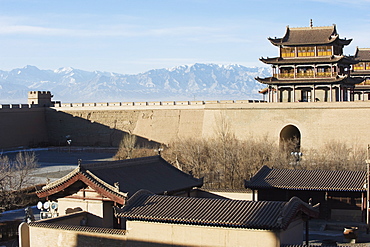
Ming dynasty Jiayuguan Fort dating from 1372, with Qilan Shan mountains in the Hexi Corridor, Gansu Province, China, Asia
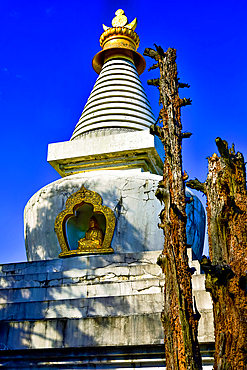
The Nuona Pagoda at the Small Heavenly Pool Temple, a Tibetan Temple in Lushan (Mount Lu), Jiujiang City, Jiangxi, China. Nuona is the living buddha that promoted Tibetan Buddhism in China during the Qing Dynasty. Lushan is a UNESCO World Heritage site.
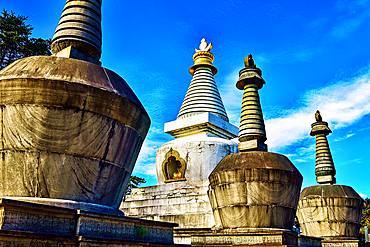
The Nuona Pagoda at the Small Heavenly Pool Temple, a Tibetan Temple in Lushan (Mount Lu), Jiujiang City, Jiangxi, China. Nuona is the living buddha that promoted Tibetan Buddhism in China during the Qing Dynasty. Lushan is a UNESCO World Heritage site.
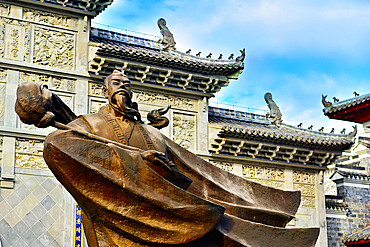
Statue of XuXun, the founding Taoist priest of Wanshou Temple from the Jin Dynasty at Wanshou Temple, Nanchang, Jiangxi Province, China

Tibetan stupas (Chorten) at the foot of Stok Royal Palace, residence of the Namgyal dynasty, Ladakh region, state of Jammu and Kashmir, India, Asia
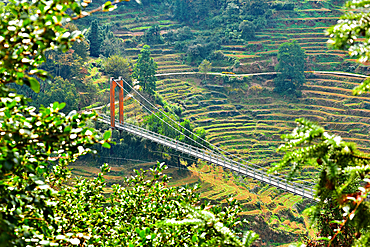
Suspension bridge over terrace farmland in Huangling, Wuyuan County, Shangrao City, Jiangxi Province, China
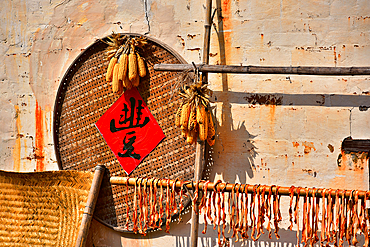
Pumpkin and corn being sun dried, Huangling, ancient village dating back to the Ming Dynasty, Wuyuan County, Shangrao City, Jiangxi Province, China

Pumpkin strips and produce sun dried in autumn, Huangling, village dating to Ming Dynasty, Wuyuan County, Shangrao City, Jiangxi Province, China
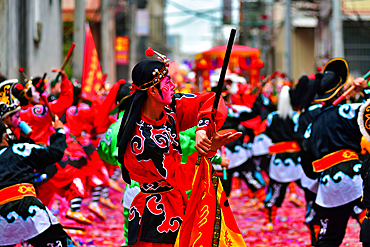
Water Margin characters, Yingge Dance, native dance dating from the Yuan Dynasty, performed at parade in Puning City, Guangdong Province, China
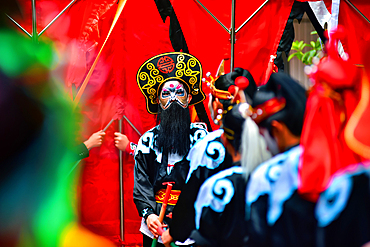
Yingge Dance, native dance of Chaozhou and Shatou dating from the Yuan Dynasty, performed at parade in Puning City, Guangdong Province, China
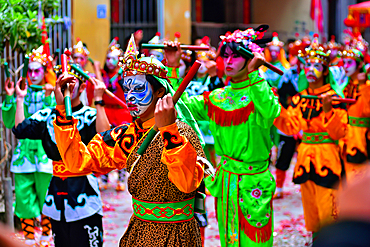
Yingge Dance, native dance of Chaozhou and Shatou dating from the Yuan Dynasty, performed at parade in Puning City, Guangdong Province, China Incorporates martial arts and drama. Current characters from the Chinese classic, Water Margin.
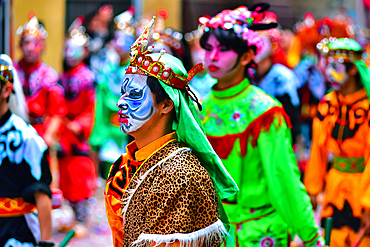
Yingge Dance, native dance of Chaozhou and Shatou dating from the Yuan Dynasty, performed at parade in Puning City, Guangdong Province, China

Yingge Dance, native dance of Chaozhou and Shatou dating from the Yuan Dynasty, performed at parade in Puning City, Guangdong Province, China

